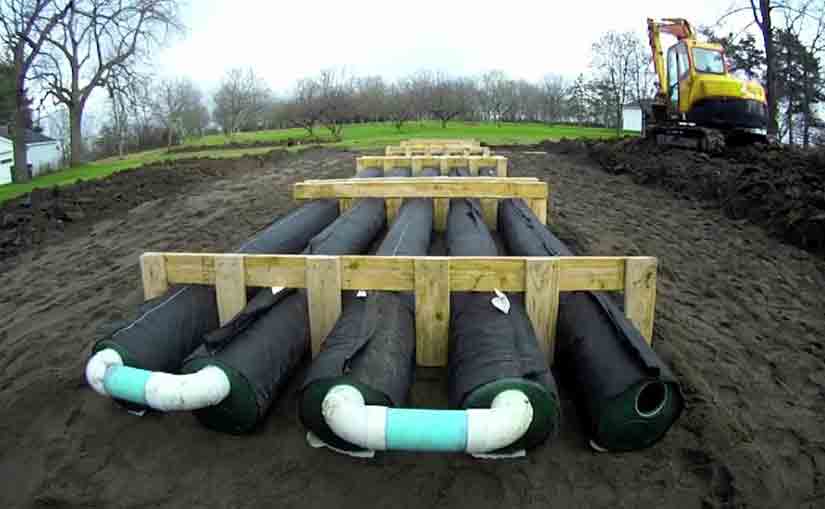This article will attempt to educate the consumer on how to locate your septic tank and drain field. A phone call woke you up that night. It was your favorite cousin. She was frantic. She said that her septic system was in trouble. The bathroom and the basement were backed up with sewage. Her septic expert told her that it would cost her an additional fee if the location of the septic would be done for her. She knew very well that you knew a lot about the septic system so she asked you how you should locate your septic. Your cousin was trying to save up for her son’s coming field trip and knowing how to locate her septic would help her pay for it.
When she hung up, you immediately went online to research and send her the information that she needed. You told her that if you had the time, you would go and visit her. Since she needed the information on a weekday and she was three states away, you had no choice but just to communicate online. You extracted every reliable resource that you could find to provide the best information for your cousin to follow.
The septic system is a very valuable component in one’s property. Through it, the wastewater that your household produces is recycled and treated. When the septic system is taken care of, the people and the environment are kept safe and healthy. In the email that you sent your cousin, the following information was shared:
Try to look for the record drawing that’s included in the records compiled by the department that gave the permit or license to the septic expert for your septic system to be installed. It will give you an idea where the septic system is but don’t rely on it because there might have been adjustments made on the actual installation of the system and give you some insight on how to locate your septic.
1. Your septic system should not have any trees or shrubs on it and near it. Hardwood trees and plants have very invasive roots that penetrate the septic system to gain access to the continuous stream of water and nutrients from the wastewater that your household produces. These strong roots could easily damage or lock the septic system.
2. The area in your yard with a patch of grass that’s different from the rest. Soggy and very green grass indicates that the septic system is failing or clogged. Dry grass indicates that the septic system is working well. Never try to water the dry grass because it would be difficult for the incoming wastewater to be treated. If it is winter time, the frost on them will melt much faster.
3. Search for the clean-out pipes that your septic system may have. This would allow you to inspect your septic because they are like pipes that are cut off the near the surface of your lawn.
4. Keep your eyes open for depressions that indicate the location of the trenches in your drain field area.
5. Look for the sewer pipe that exits your home. This is placed within the foundations of your home.
You told your cousin not to panic because finding the septic system would need calm and presence of mind. You knew your cousin well so you called her up and told her to read the email carefully and follow the methods that he gave.
When you cousin tried the methods, you were on the phone to help her. After a few hours, she finally found her septic system. She marked it with a few rocks and then called the septic expert. When the expert arrived, he said that your cousin did a great job. Because of that, she saved a hundred dollars because half of opening the septic was the finding of the cover.
Your cousin called you up immediately and told you that after the field trip, she and your nephew would go to your house and spend a few days there. She wanted to say thank you personally because of what you taught her. After the phone call, it was your turn to have your septic treated in preparation for the coming of your cousin and nephew. We hope this article helped you the consumer to locate your septic tank and drain field.


